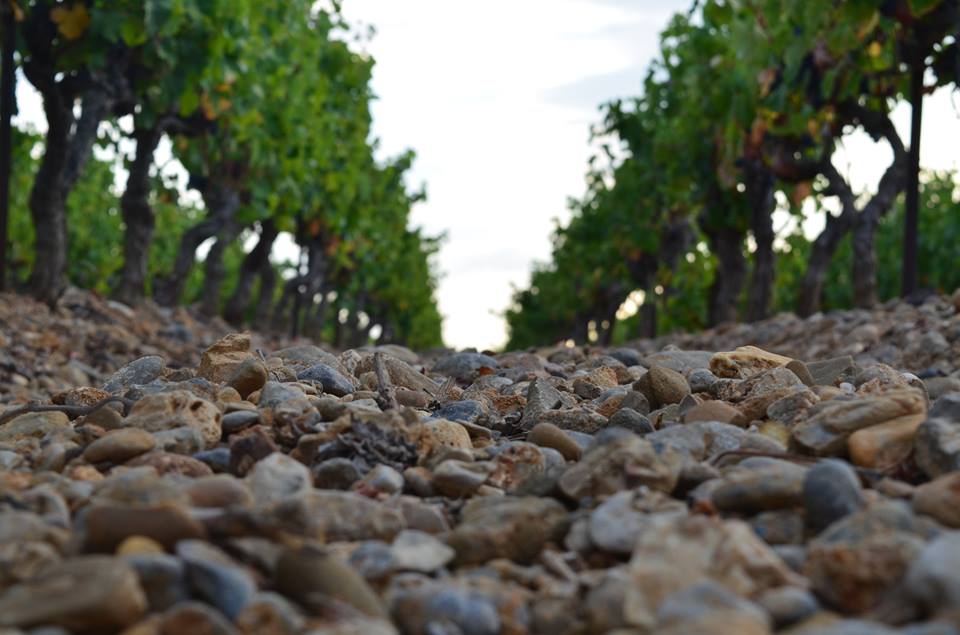Traceability of products, independence, biodynamic agriculture … Wine trading has changed ! In any case in the partner Vignobles Gariel & Co : a wine merchant who offers quality wines, defends and represents the interests of his partner vineyards while motivating them to make healthy products. A small revolution in the wine world.
How does a « wholesaler » manage to make local wines ? To work qualitatively ? In respect of its partner producers ? Survey with Vignobles Gabriel & Co !
What is a wine merchant ?
His activity is to assemble wines from different producers to offer volumes greater than what a winegrower alone could have, but he will also negotiate with professional buyers (wine shops, sommeliers, restaurants …), and sometimes with private buyers. He will therefore negotiate with both producers and distributors. Wine merchants are possible intermediaries between winemakers and consumers. It is a kind of umbrella brand.
How did Vignobles Gabriel & Co become wine traders ?
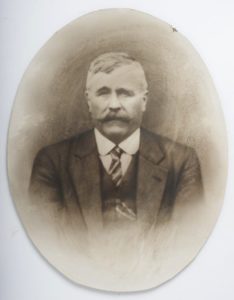
The history of Vignobles Gabriel & Co began in the 1900s with Gabriel Bruneteau who founded the property “Domaine du Grand Moulin” in the heart of the vineyards of Blaye, on the right bank of Bordeaux. Elected Mayor of the town of Saint Aubin de Blaye, he decided to create a wine trading company ! 80 years later, his great-great-grandson, Jean-François Réaud, enlarges, diversifies and modernizes the vineyard, thus perpetuating this beautiful family history. The « domaine Le Grand Moulin » became « château Le Grand Moulin», and then « château Les Aubiers « (belonging to the family), and reached a surface of twenty-five hectares at the beginning of 2000.
In 2011, Jean-François Réaud converted part of his vineyard into organic farming and continued to grow. Faced with growing consumer demand, he decided to bring together producers from neighboring areas in order to create a winemaking family, convinced that this inter-aid will allow them to increase the reputation of their wines. This is how Vignobles Gabriel & Co are born, as a consecration of work begun a hundred years ago by the great-great-grandfather of Mr Réaud : Gabriel Bruneteau ! Finally, in 2015, Jean-François Réaud acquires « château Haut Sociondo », pearl of Blaye, then « Seigneur de la Tour », AOC Bordeaux.
Today the vineyard reaches 81 hectares in total.
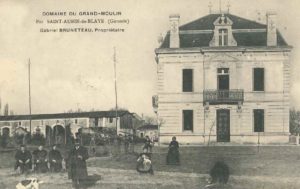
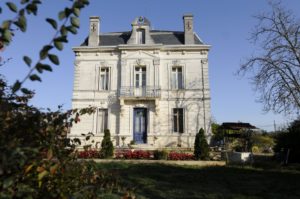
How does it works ?
Commitment and loyalty are required at Vignobles Gabriel & Co. About 20 winemakers and producers are working together in a friendly and collaborative way, bound by a contract for a total or partial volume of their production.
What are the means to ensure the quality of the products when we work as a wine merchant ?
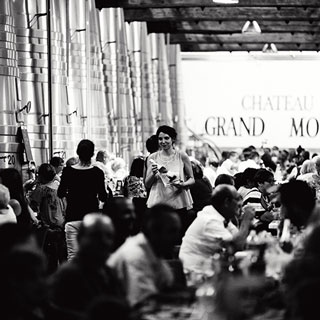
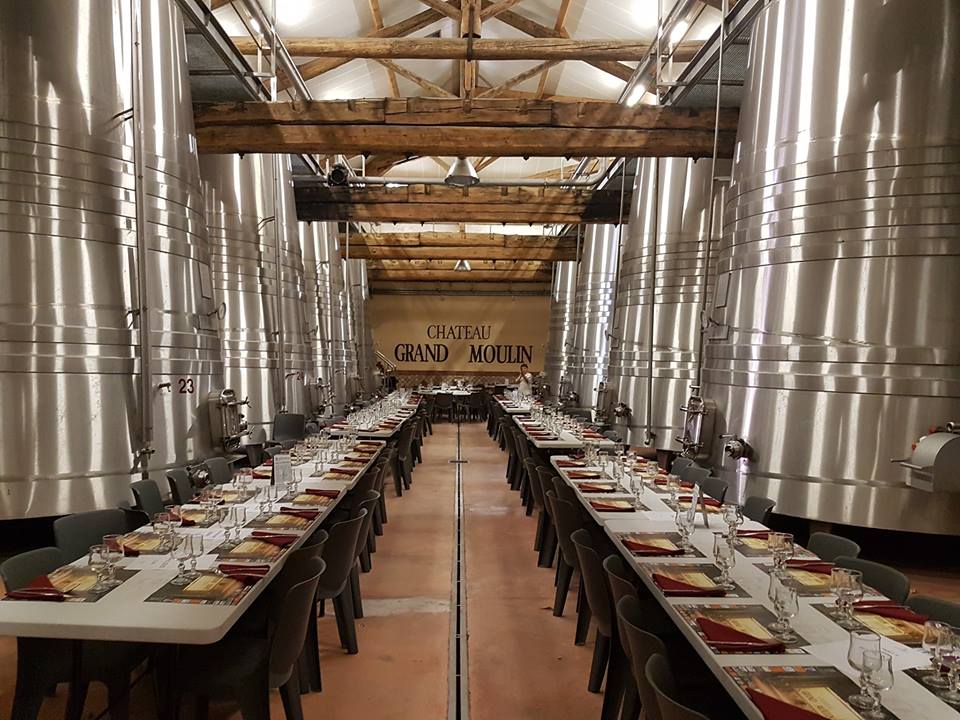
In order to ensure the quality of the products, the partner vineyards of Vignobles Gabriel & Co must commit themselves to respect a charter that promises a careful work from the vine to the bottling. Particular attention is paid to the environment. Requirements that constantly adapt to new challenges that producers face. This philosophy of respect for the land is carried by some vineyards partners certified organic viticulture and even biodynamic. The goal is to ensure product quality and preserve soil for future generations.
In order to guarantee the quality of his products to the end customer, Mr Réaud had the judicious idea to ensure the independence of the Vignobles Gabriel & Co. To do this, they have developed a completely independent production line, including their own bottling circuit, which allows them to maintain control of the marketing and distribution from A to Z. In addition, IFS and BRC, international certifications, guarantee the traceability of wines.
Valorisation of appellations of the Bordeaux right bank
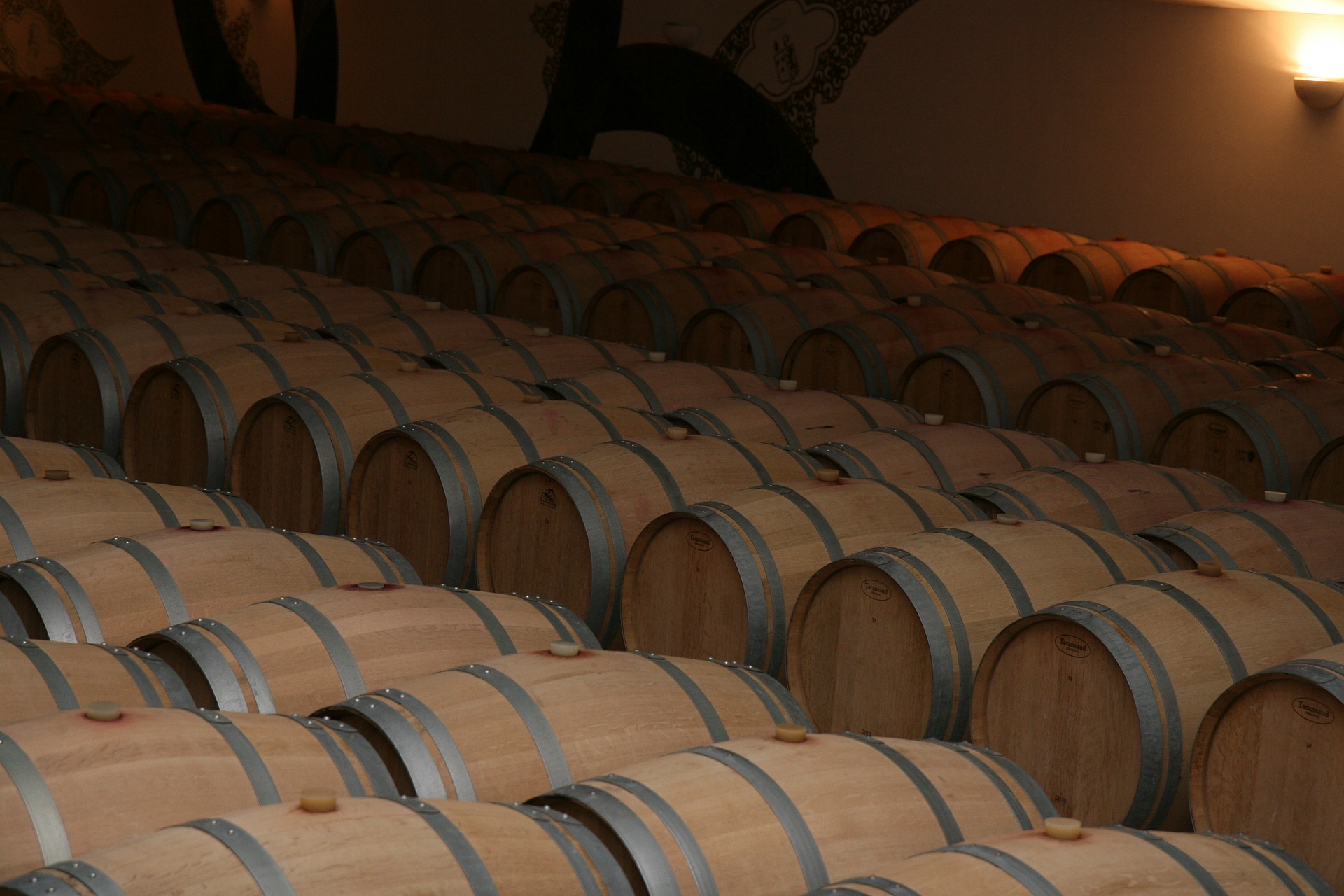
It is this freedom that allows the Vignobles Gabriel & Co to offer an extensive range, very representative of its terroir of origin : the right bank of Bordeaux. Thus valuing each appellation located in this area.
- Bordeaux : a generic name produced in the vineyards of Bordeaux and which, like all French AOC, meets the qualitative standards defined by the I.N.A.O (National Institute of Appellations of Origin). It is the best-selling AOC in the world. It can be completed by the mentions “clairet” : reserved for dark rosé, or “claret” : reserved for reds. It covers a wide variety of soils and grape varieties : Cabernet Sauvignon, Cabernet Franc, Carmenere, Merlot, Cot and Petit Verdot for the reds, and Sauvignon, Semillon, Muscadelle, Colombard, Mauzac, Ondenc and Ugni Blanc, for white wines.
With producers like Sébastien Lafitte of château Haut Cormier, and many others.
- Bordeaux Supérieur : here no rosés and quality criteria even more stringent than those of AOC Bordeaux since these wines must be from old vines and spend at least nine months in barrels before marketing.
Château Cateau Lagrange, owned by Christophe Porcher (in organic farming, please!); Château Haut Landon by Michelle Brimaud; etc.
- Blaye Côtes de Bordeaux, in red or dry white, this AOC produces wines from Merlot, Cabernet Sauvignon and Cabernet Franc in red, and Sauvignon, Ugni blanc and other grape varieties such as Colombard (in smaller proportion), in white.
Didier Sicaud of Château Canteloup Lestage; Jean-Michel Bergeron from Château Haut Valletta; Damien Lorteau of Château Haut Bigord, etc.
- Côtes de Bourg, located opposite the Margaux appellation, this AOC produces red wines like whites. They come from the traditional Bordeaux grape varieties, but also Malbec – a red variety also called Cot in the Loire region – or Muscadelle and Colombard : dry and fruity white grape varieties.
See the château du Luc, certified organic, held by Lionel Lorente, and many others !
- Castillon Côtes de Bordeaux, exclusively produced in red wines, this appellation requires a majority of Merlot (70% main grape variety), complemented by Cabernet Franc (20%), and / or Cabernet Sauvignon (10%).
Château Bellevue Rochers, Patricia Aroldi (in biodynamic culture !), or Tour d’Horable, Pierre Faytout.
But also smaller AOC like : “Francs Côtes de Bordeaux” (540 ha), where we find the castle Puy Galland, belonging to David Labatut, or “Puisseguin-Saint-Emilion” (750 ha), where we find Pierre Faytout, with the castle Puisseguin la Rigodrie this time .
The wines coming from the right bank of Bordeaux are, in red as in white, wines of pleasure, tasty, round and elegant. In short, they are flasks to discover !
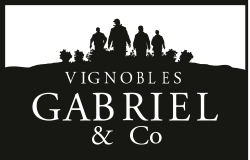
More informations on the website !

